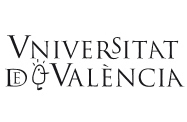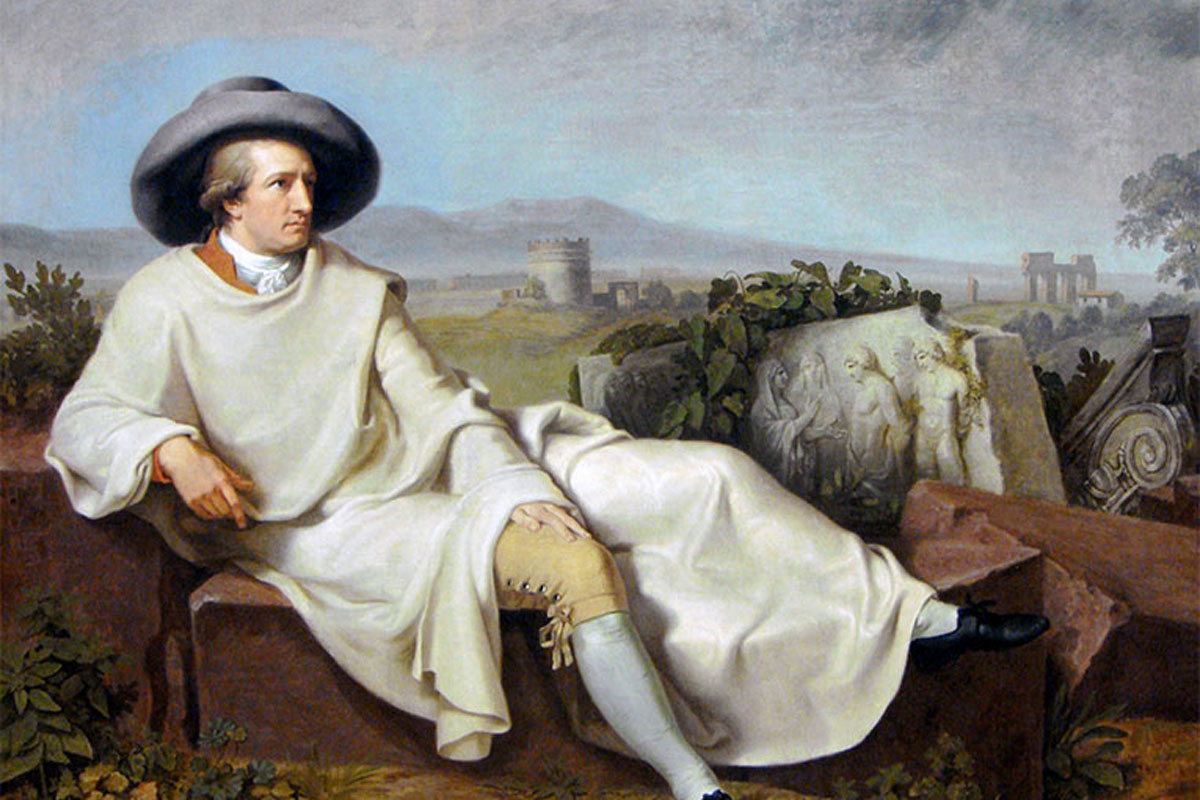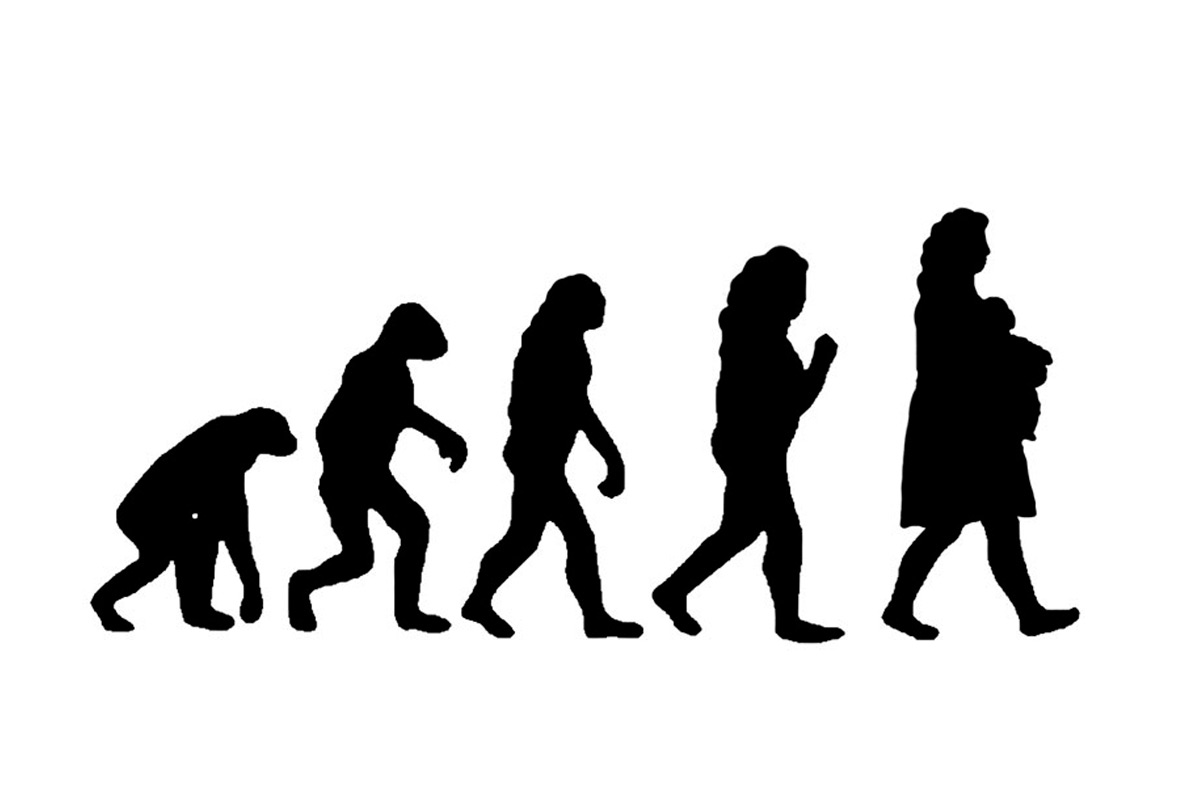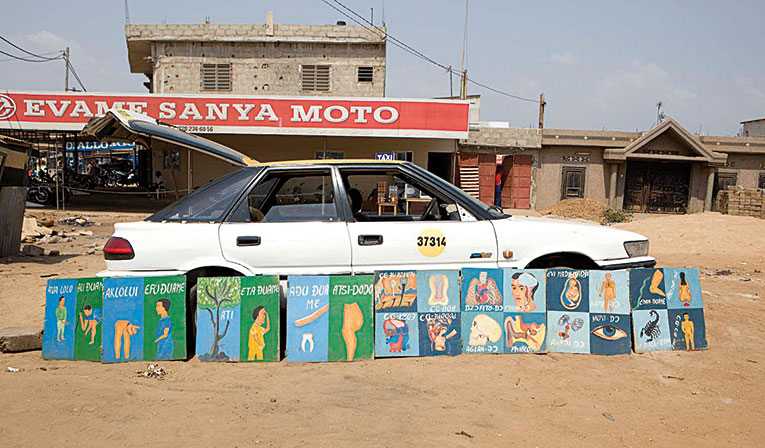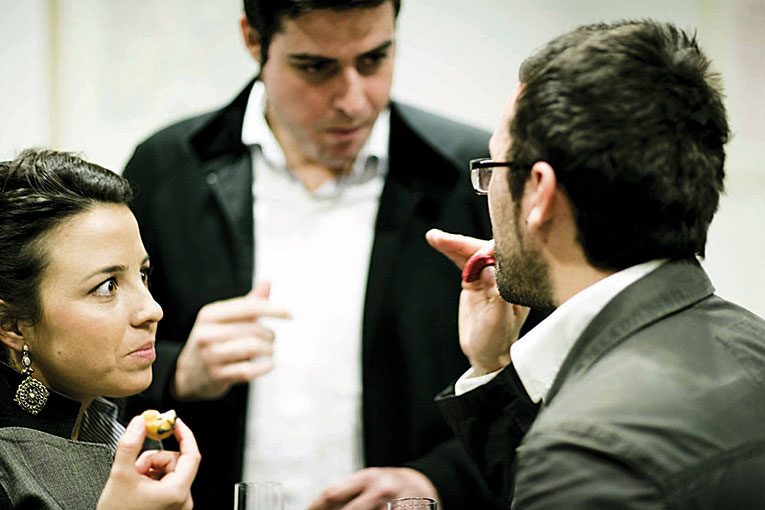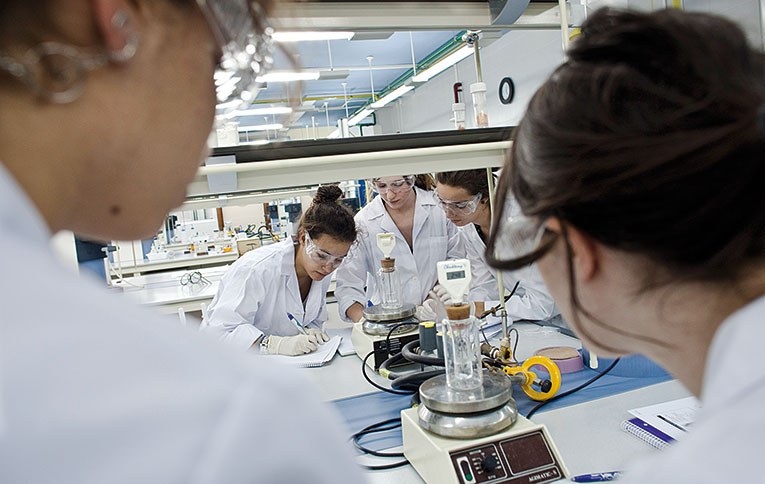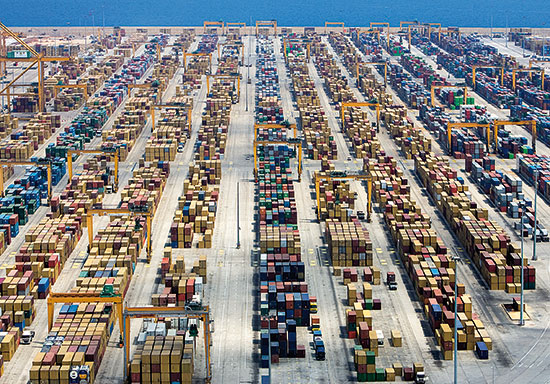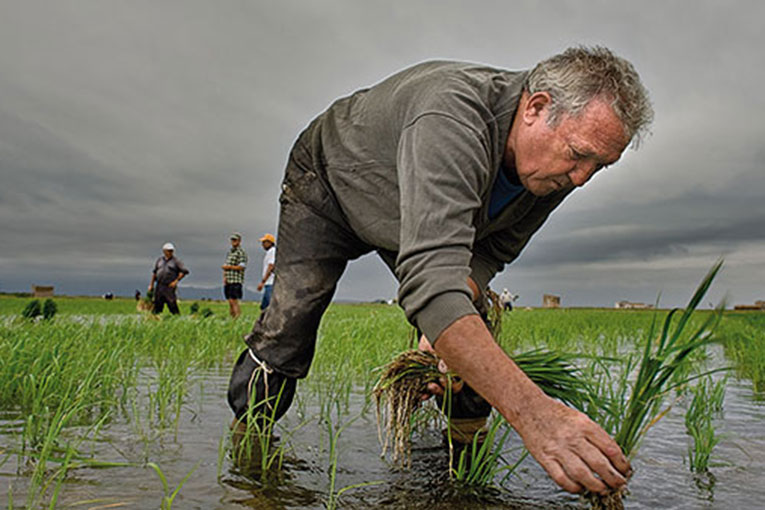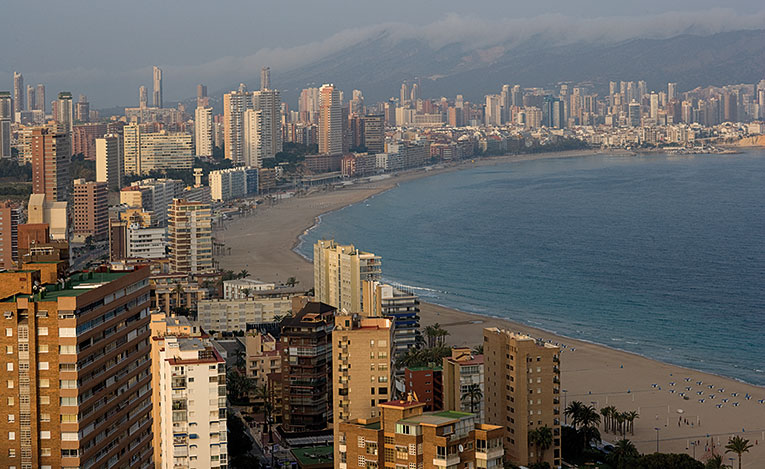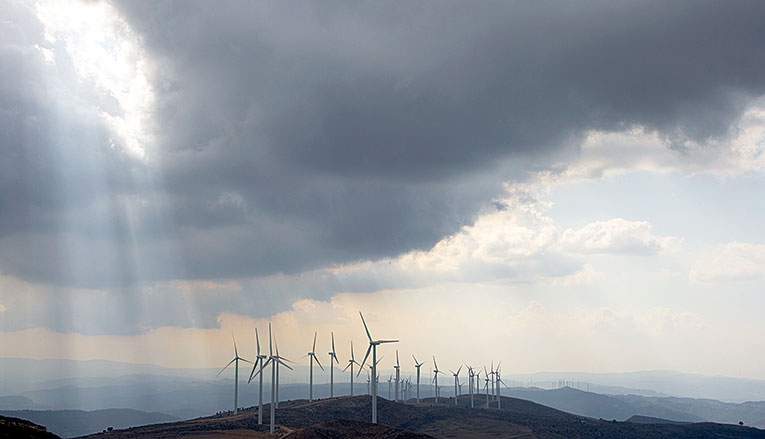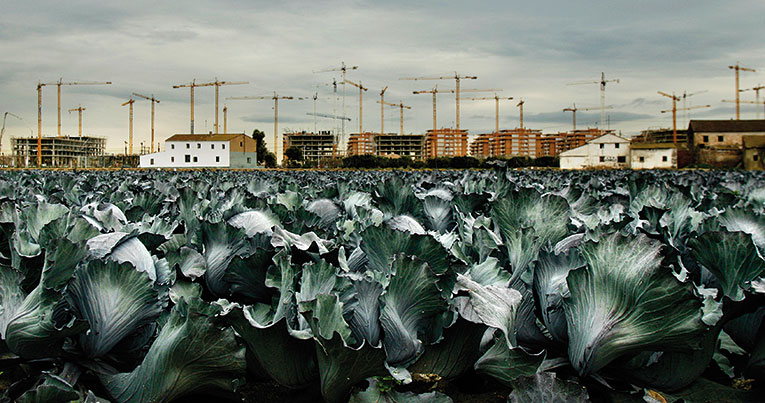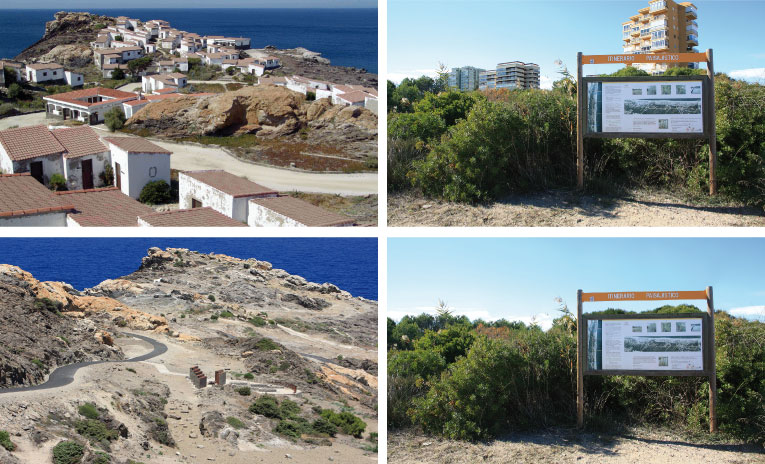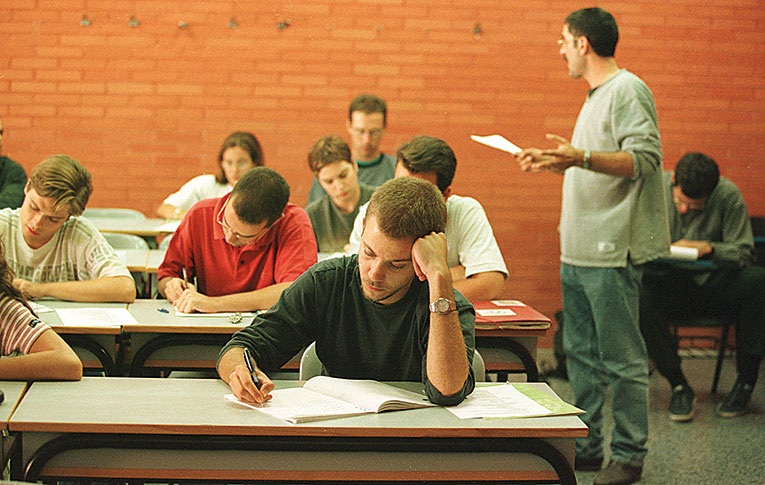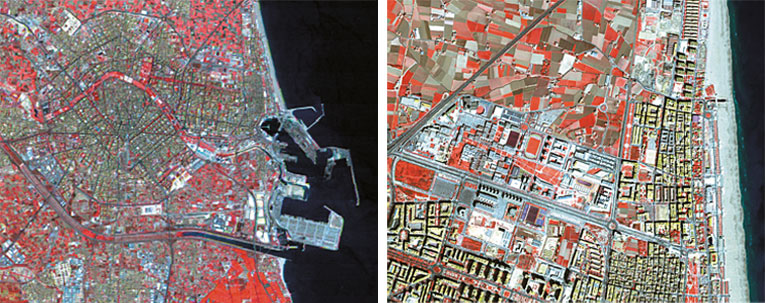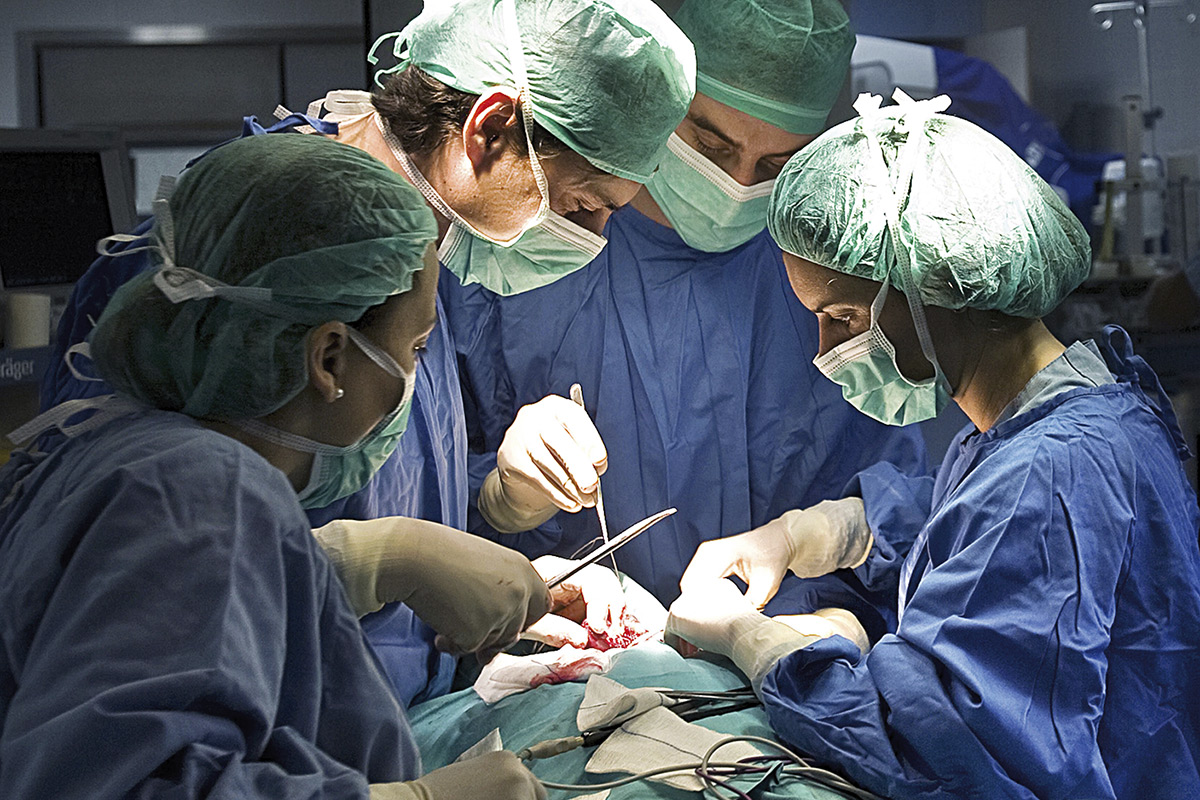Search
From the outset, modern philosophy has taken an interest in cultural diversity. However, at the start it did so paradoxically, by reducing plurality to the lowest common denominator universal to
Recent years have witnessed a revival of the debate concerning natural law or natural justice, which suggests that laws, or at least the basic principles (foundations and limits) of social,
Humans are living beings of extraordinary complexity. It is clear that we have our own particular nature –as do all animal species– but the fact that such definitions of our
New technologies, and particularly developments in genomics, have significantly changed the theoretical understanding of human beings: the nature and culture of man can be modified alike. However, considering genes to
[caption id="attachment_1476" align="alignleft" width="200"] The topic human nature has inspired the artists Rafael Martí Quinto and Jesús Martínez Oliva to collaborate on this monographic issue of Mètode –offering an artist’s
This article is divided in three sections. The first briefly describes the governance instituted with the creation of a European monetary union. The second section provides an overview of how
The competitiveness of a production model depends on its ability to adapt to economic developments and changes in demand. Innovation is a prerequisite for increased competitiveness, but must be accompanied
The first decade of the new century has seen the return to an old controversy: the possible imbalance between population and food supply on a global scale. The trigger has
Water is a limited resource and its scarcity is getting steadily worse due to climate change and overexploitation of land. Together with energy, water is a key resource in any
Energy, along with water, is a crucial element in any strategy aiming to achieve economic growth. The past squandering of resources cannot continue if we are to ensure sustainable growth
The Spanish construction sector has traditionally proven inefficient with many cases of bad practice leading to the overproduction of housing and over-reliance of our economy on this sector. The current
[caption id="attachment_1639" align="alignleft" width="300"] © P. Duran[/caption] One of the causes of the current crisis has been our land management, heir to the building boom of the sixties and seventies. This
In recent years many European Union countries have shown a clear intention to incorporate new forms of territorial administration and spatial planning. In different areas and spheres of government there
Valencians should be able to achieve a respectful balance between culture, history, tradition, modernity and competitiveness, as have most enlightened peoples of Europe. It is doubtful, however, that we have
© M. Lorenzo Training and knowledge are two main underpinnings of any production system. In this respect, knowledge transfer from universities to society should be a priority for all Governments. The
[caption id="attachment_1601" align="alignleft" width="200"] Mètode worked with the artists Marcelo Fuentes and Anna Sanchis, who both collaborated on this special issue. Their works reflect one of the keys to understanding
In the mid-eighteenth century, the famous Encyclopédie by Diderot and D’Alembert, stated that «an interest in chemistry» was really «a madman’s passion». Chemists belonged to «a different race», «very few
Figure 1. Satellite images. Differences between a) a Landsat TM image from 2005 and b) a QuickBird image from 2004 of the north of the city of Valencia. Both
